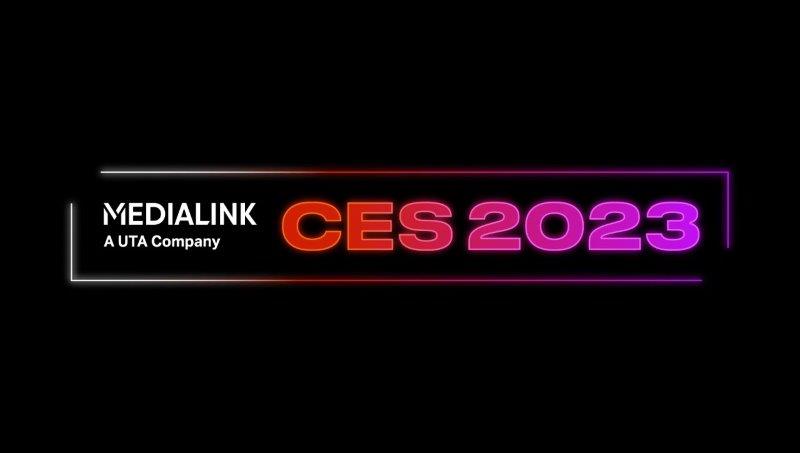
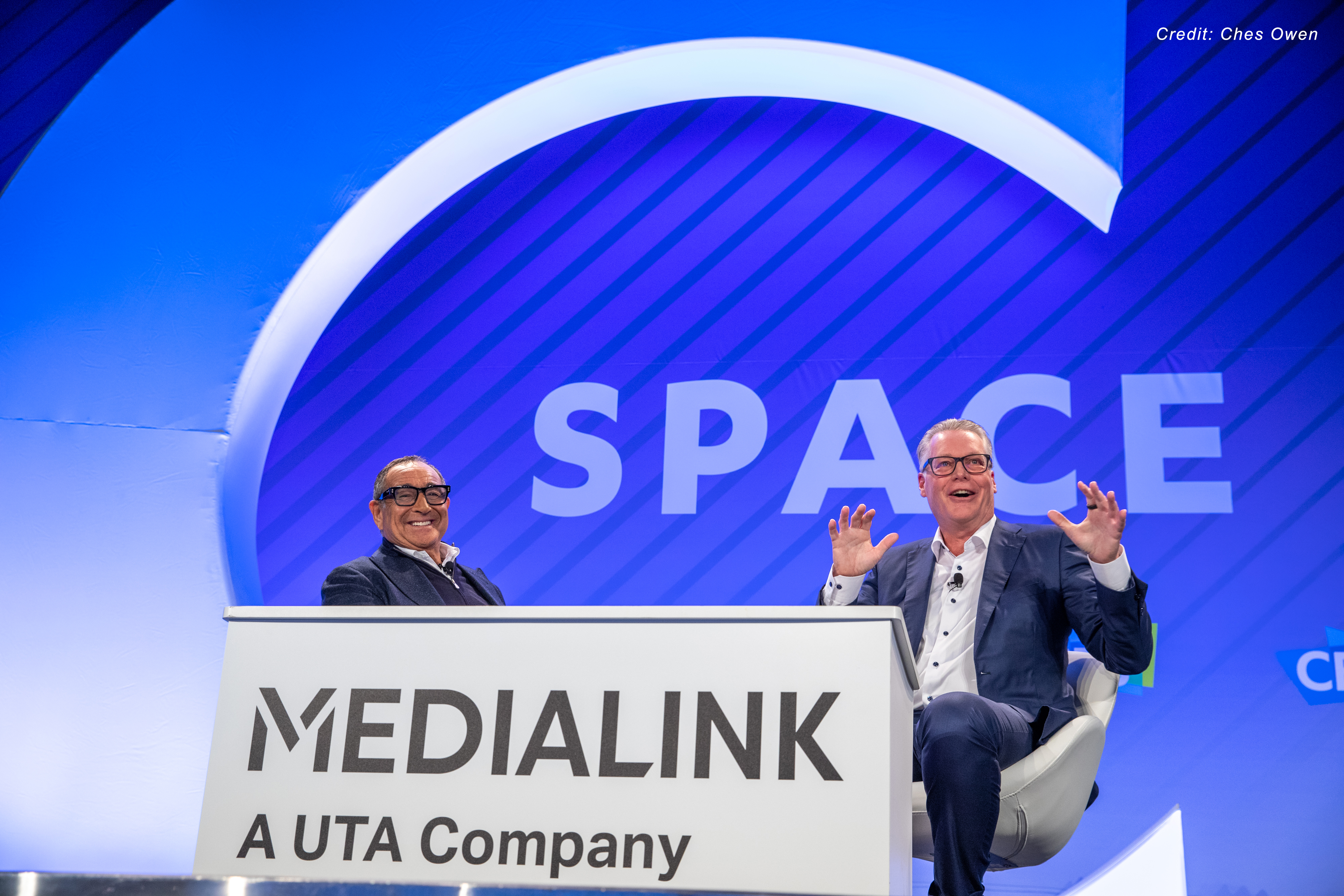
The Consumer Electronics Show was back at full capacity for the first time since 2020. In some ways, it felt like old times; in many other ways, so much had changed.
This year’s show took place following three years of unrest, along with a great deal of uncertainty in the economy – all of which influenced the discussions at the show.
Indeed, this year’s theme of Human Security for All felt palpable – and of urgent concern for marketers. It was exemplified across much of the C Space, as was an overarching focus on people-centric and community-building innovation.
Here are some of the topics and conversations that captured our attention most:
Harnessing cutting-edge technology and creativity
A great example of the power of CES came from Delta Air Lines CEO Ed Bastian, who headlined the C Space Keynote in conversation with MediaLink CEO Michael Kassan. During the session, Bastian showed off the potential for facial recognition software to make airline security easier and safer, as well as the company’s new travel personalization platform, Delta Sync Exclusives Hub, which promises a curated in-flight entertainment experience.
“We unveiled a vision three years ago to connect not just the world, but the sky,” he said.
On that note, Delta also announced it would offer free Wi-Fi to its SkyMiles members through a partnership with T-Mobile, which is a win for customers – and the company’s marketing team.
“The power of membership helps us to really know our customers,” said Ranjan Goswami, SVP Customer Experience Design at Delta Air Lines.
Our takeaway: While every brand wants to capture more email addresses and build loyalty programs, the bar is being raised. Consumers expect more tangible benefits from brands they value that merge utility with surprise and delight – and brands that want to stay competitive need to anticipate and plan for this.
Treating customers as partners
Delta’s mission appears to have echoed throughout the marketing world, as evidenced by several other presenters during the C Space Keynote and on MediaLink’s Marketing Reinvented stage. In a climate marked by uncertainty, brands are emphasizing community and collaboration with consumers, providing a unique version of human security. As Kassan put it, “The world has focused more on that desire for experience and this idea of B2H – business-to-human.”
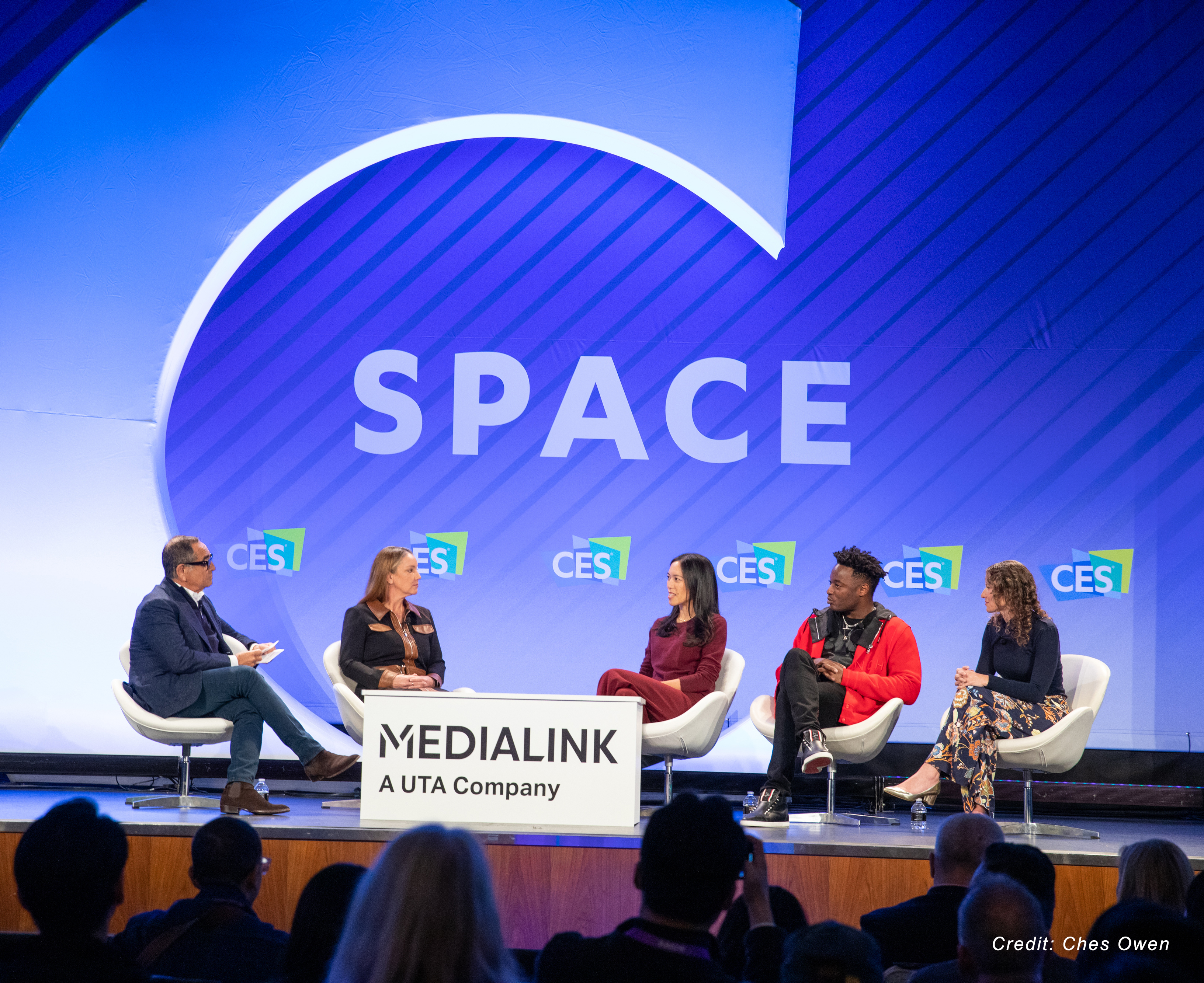
For example, Francine Li, Global Head of Marketing, Riot Games, talked about how the storylines for the company’s game Valorant have been heavily influenced by actual players. “These games are theirs,” she said.
Along similar lines, as Instacart’s growth has exploded, the company has encouraged customers – and even celebrities like Lizzo – to publish and share their shopping lists. “This speaks to how engaged our community is, and how they want to help each other,” said CMO Laura Jones.
Our takeaway: Brands will have to get comfortable handing over the keys more often to their biggest customers – providing them a sense of ownership and active participation in their experience with brands.
Bigger issues at hand
Purpose and sustainability earned greater prominence as the tech world looks to balance innovation and its impact on both society and the environment. A great example was IBM, which used CES to showcase its XR weather tool. The activation produces simulations of the potential impact of significant weather events to help better prepare people in impacted areas – the ultimate expression of human security. Randi Stipes, CMO of The Weather Company and IBM Watson Advertising, asked fellow brands to consider “how you can create a mission that galvanizes an entire company.”
Of course, this year, there was the natural question as to whether a less-than-robust economy might hinder such efforts. Yet most marketers who spoke at the event were confident that a new generation of consumers won’t let such concerns slip.
Consumers are willing to switch brands to align [with their definition of] purpose,” said Charisse Hughes, SVP, Chief Brand & Advanced Analytics Officer, Kellogg Company.
That sentiment was shared by Matt Story, Visa’s VP, Global Brand Partnerships & Advocacy Programs, who said that based on his company’s research, 70% of consumers are interested in retailers with “recommerce” offerings – i.e. companies that offer and promote recycled goods.
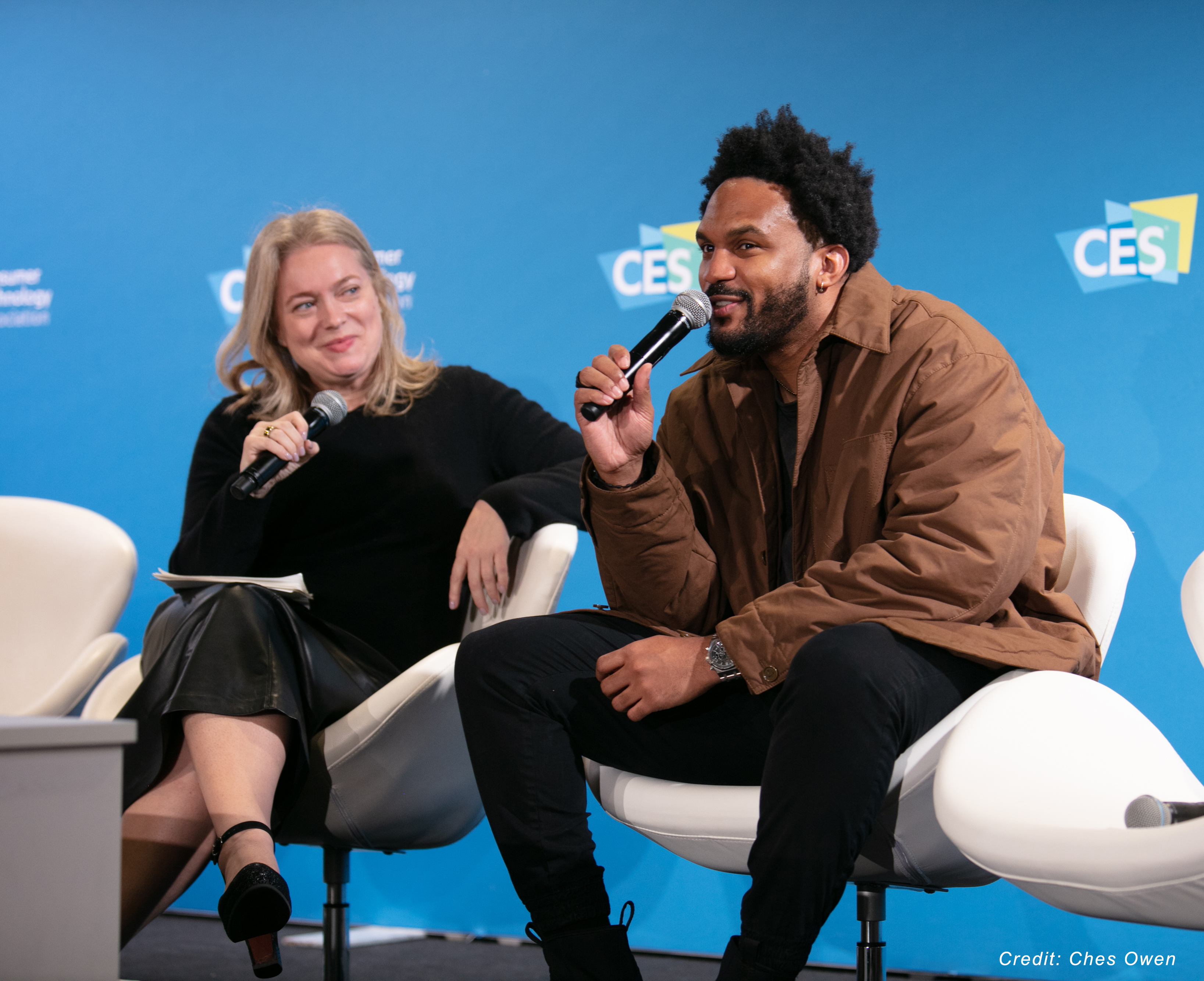
Our takeaway: Socially and environmentally-driven consumers are not going to abandon their values any time soon. The key for brands will be to make their positive environmental impact tangible and easy to understand – and to make sure their business practices allow for consumers to hold them accountable. After all, as MediaLink Chief Brand Officer Lena Petersen said in conversation with Kickstarter CEO Everette Taylor, “When you are living your brand purpose, you’re also doing good business.”
Keeping promises
Nearly every brand and media company appears laser-focused on finding ways to improve representation and media spending equity, with the goal of using this industry’s power and influence to improve human security for all.
Group Black has been among the most vocal pushing more marketers to invest in minority-owned media. On the keynote stage, Co-Founder and CEO Travis Montaque said he’s been able to secure half a billion dollars in commitments from major brands – and so far, they’re sticking to their promises.
This effort to rebalance media allocations isn’t just about establishing a fairer playing field. “Media is so influential,” Montaque said. “Monopolistic media is bad for society….we need to adequately fund diverse-owned businesses.”
Beyond ownership, more brands are finding ways to incorporate more diverse talent within their ranks. For instance, Kellogg’s isn’t just trying to hire more diverse talent, but it has actually created a chef-in-residence program aimed at bringing more diverse taste into the product development process.
“This helps us get more representation in R&D,” said Hughes – and that impacts what actually gets made.
Our takeaway: The downstream impacts of improving representation and media spending equity have societal implications that go incredibly deep. This isn’t about quotas – marketers need to do their research and make long-term commitments for change that will pay off.
Shopping and streaming – your way, privately, from the couch
While barely a category a few years ago, this year at CES, retail media networks were everywhere. Among the companies with a presence on the show floor were Best Buy Ads, Walmart Connect, Albertsons Media Collective, Instacart, and Amazon Ads.
Besides commerce ads, connected TV was also a major topic, as CES 2023 served as Netflix’s first public showing as an advertising company. CTV’s promise is about bringing the TV medium into the digital, data-driven age in a way that actually serves people, their needs, desires, and privacy – as evidenced by the numerous panels focused on measurement, clean rooms and device graphs.
For its part, Netflix is looking to bring advertisers back to the water cooler. Those buzzy, everyone-is-talking-about-this-show-now moments “had kind of gone away,” said Netflix’s President, Worldwide Advertising Jeremi Gorman. Or at least, brands had been cut out of such conversations.
Now, marketers can participate in hits like Wednesday or the latest Knives Out movie. “It’s been impossible to reach people during these zeitgeist moments,” she said.
Our takeaway: The case for the explosion and promise of retail media is undeniable and remarkable, and the medium will continue to surge in this economic climate. CTV should continue its growth trajectory as well, but the medium has grown more competitive and still faces real growing pains – such as establishing measurement standards.
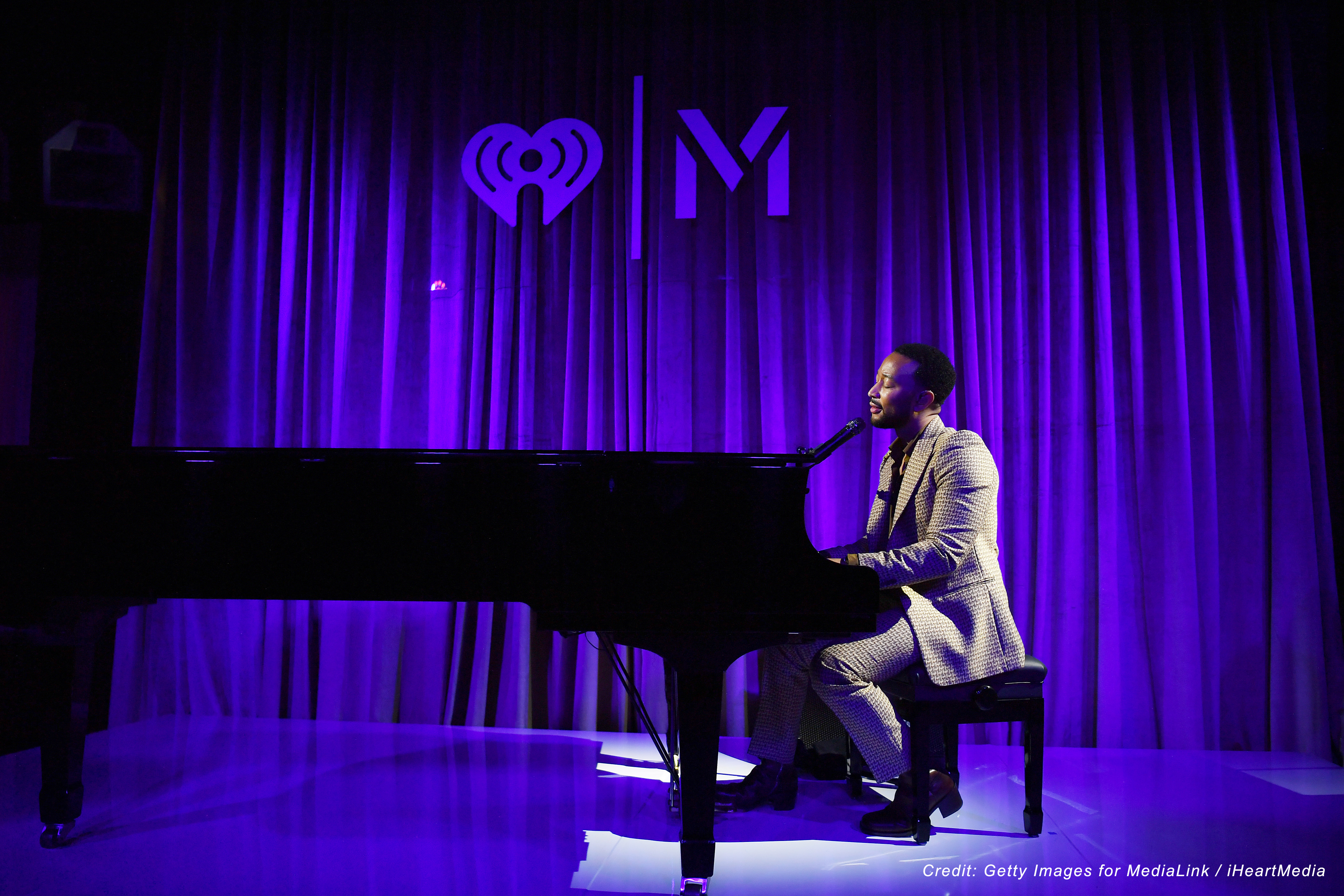
Web3 goes from fantasy to practical reality
No CES would be complete without celebrity sightings, and this year was no different – from John Legend to Snoop Dogg.
But only Paris Hilton could make an appearance as an influencer, icon and co-founder of 11:11 Media, which focuses on content designed to travel across multiple platforms.
In conversation with Kassan, Hilton spoke about her work on a recent Hilton Hotels rebranding, which included her own performance as well as content from hundreds of micro influencers.
Beyond marketing, Hilton is heavily focused on Web3, which she emphasized was distinct from the ongoing crypto crash. She has invested in numerous metaverse properties, and is planning to help foster more virtual experiences. Her take, as was echoed by others, was to focus on what consumers are actually enjoying right now, and what elements of Web3 can enrich their experiences today.
For example, L’Oreal showcased Brow Magic – an AR-focused makeup tool that scans faces and provides a simulation of different brow looks. Meanwhile, Kellogg’s Hughes mentioned how the brand Fruit Loops is experimenting in Roblox, helping to make the games more fun for kids.
While each of these examples features a large degree of virtual elements, the common thread is the desire for and the need for human connection.
Our takeaway: While crypto has taken a big hit, consumers – in particular, the next generation – are still drawn to these emerging worlds and are spending real money there. The challenge will be for brands to continue experimenting at a time when risk-taking could be minimized due to economic challenges.
Indeed, there was no shortage of captivating conversation at CES. Read on for more in-depth takes on how some of the biggest themes played out in the C Space and on the floor.
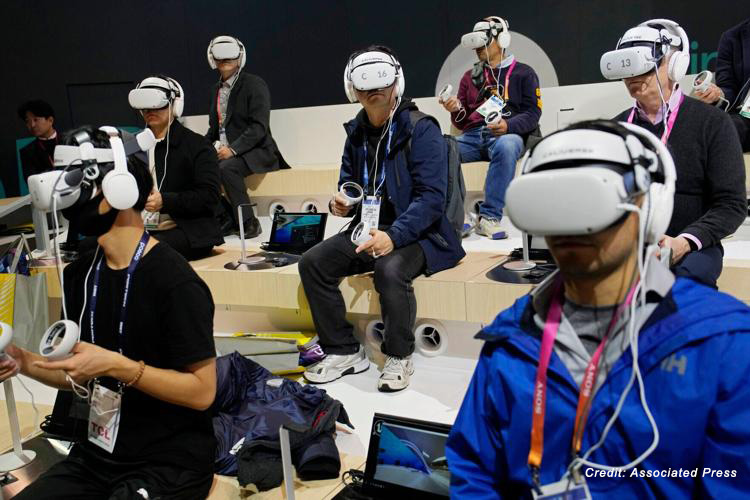
Despite the challenges faced by the crypto and NFT sectors in 2022, the growth of Web3 technologies, infrastructure and marketing innovation remains strong, as brands worldwide continue to demonstrate their commitment to innovation, as well as evolving their go-to-market approach to accommodate for the ethos and principles of Web3. Virtual worlds continue to gain traction, and the expectation for multi-sensory experiences is on the rise as major brands like Pepsi, Wendy’s, Nike, Gucci, and Louis Vuitton are making significant investments in creating immersive experiences, as well as building the teams and tool sets needed to thrive in the metaverse as it continues to grow.
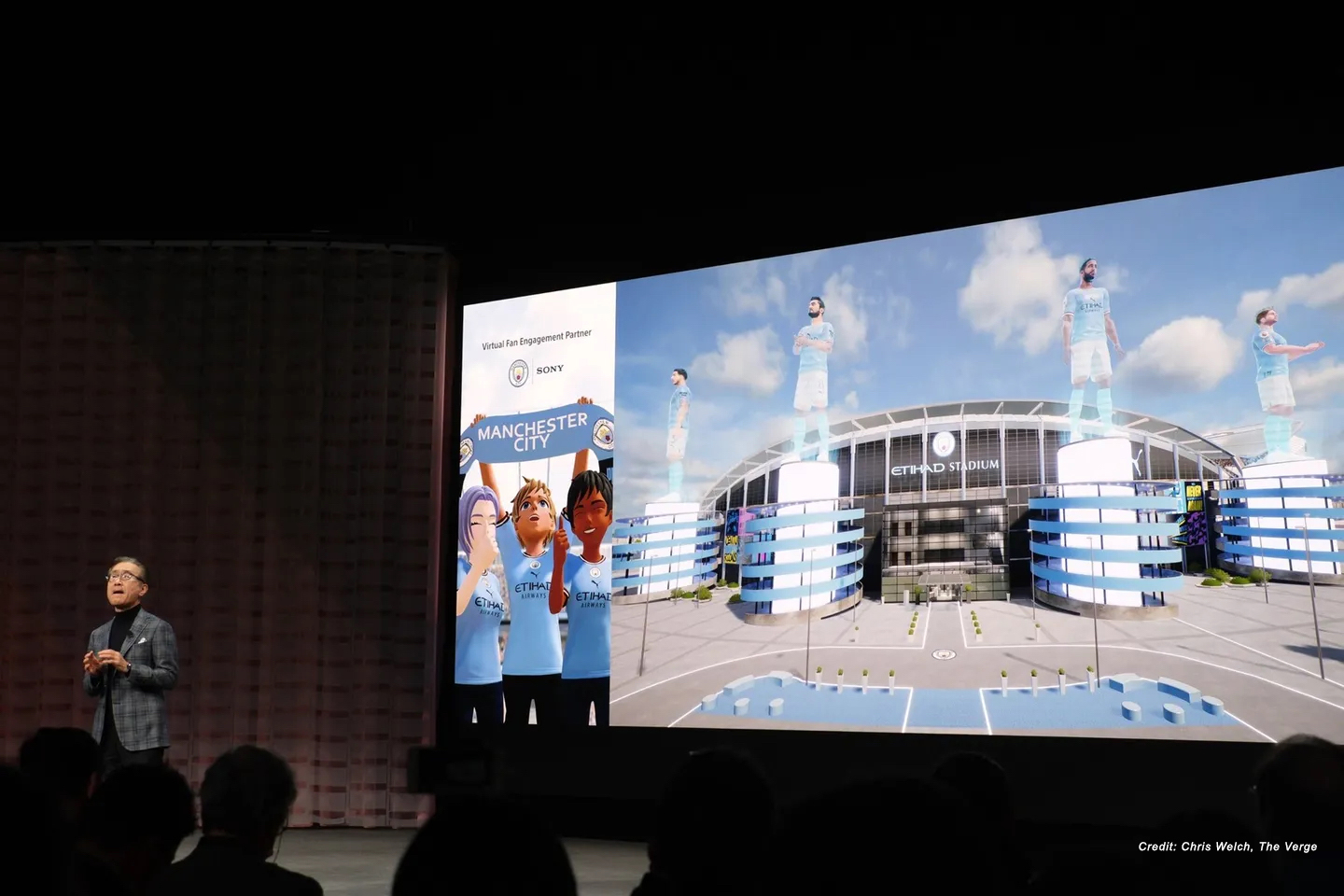
In the C Space, Web3 marketing took center stage, with several panels discussing the journey from Web2 to Web3 that brands have been exploring, as well as innovations needed in Web2 infrastructure technology and internal marketing processes to allow for a more seamless transition.
On the CES floor, industry creators and builders gathered at the CoinDesk Web3 Studio to discuss significant developments in the space, while consumer electronics companies like LG, Sony, HTC, Canon and others showcased their latest innovations aimed at facilitating the adoption of VR and virtual worlds.
So, what’s the TL;DR for marketers?
1. Consumer engagement and the optimal way to transition Web2 concepts and experiences to Web3 is an initial focus for most marketers.
A series of brand and agency leaders shared strategies and case studies for marketing in Web3, specifically on how to leverage existing brand loyalty to grow brand capital in emerging spaces. Tokenization is a great use of Web3 technologies (blockchain and smart contracts) in order to create hyper-personalized experiences and provide real benefit for consumers. A great use case here is the tokenization of loyalty programs and the opportunity for cross-industry partnerships, transferable value and rewards, without the need for complex web and mobile development, or heavy back-of-the-house operations. Over the last year, a good amount of Web3 native companies have developed solutions that can greatly accelerate the transformation of loyalty programs.
What to look out for in 2023: It will be interesting to see if this niche use of Web3 technologies could become a conduit for wider adoption of blockchain wallets, limit the friction that might exist today, and pave the way for more personalized experiences and content.
2. Gaming continues to gain popularity amongst marketers and is now considered the most viable on-ramp to the metaverse.
Online gaming has become an integral part of many marketing plans over the last few years, with proven engagement and ROI metrics. On the other hand, virtual worlds are gaining popularity as brands and IP owners are continuing to innovate and build experiences for their future customers and fans. While none of the existing virtual world platforms will exclusively become the sole future destination, brands are deliberately building and partnering in multiple virtual worlds in order to gain valuable insights and knowledge.
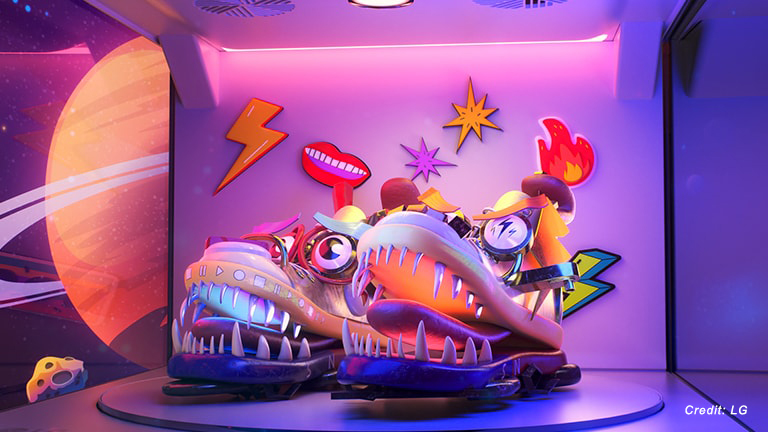
Celebrities like Paris Hilton are driving sizable audiences to bespoke virtual worlds by activating their existing social footprint and inviting their fans to join them in exploring the virtual world, while taking the time to authentically interact with them. Successful builds focus on delivering a fun and unique user experience, while still maintaining a gamification element inside each world and being authentically connected to Web3 communities.
What to look out for in 2023: The brands that are continuing to build are the ones that are getting ahead of the trend and building real brand equity with future consumers. If proper media budgets start being invested in order to promote unique collaborations between brands and IP owners, the potential for meaningful scale is significant.
3. Consumer electronics manufacturers innovate with devices that could usher in more mainstream applications of VR, NFTs and virtual worlds.
LG showcased their “ShoeCase” NFT product, as well as their OLED Flex, which provides a wireless 900R curved screen for perfect viewability for gaming, complete with access to several NFT marketplaces and metaverse platforms. Mastercard unveiled its Mastercard Artist Accelerator, which aims to be a leading incubator for the next generation of musicians, equipping them with tools to succeed as Web3 natives. AR head-mounted displays were also popular on the tech expo floor.
What to look out for in 2023: Web3-enabled hardware is a clear first step towards a more mainstream adoption and a gateway to a connected series of Web3 “in-world” experiences at the device level. It will be interesting to see what this can do for IP owners and the creator economy as they can keep building in different virtual worlds with the goal of curating their IP in one device and its ecosystem.
We’re still early, yet the industry is shifting from pure experimentation to proper discovery and assessment, with commitments around the resources, budget and partnerships needed to properly assess the opportunity in Web3. Creators, builders, artists, and collectors are finding opportunities for innovation and growth despite the “crypto winter.”
Web3 is here to stay, and it’s undoubtedly the next version of the Internet. As marketers, we can all play a part in building a better, more equitable internet … not just its third iteration.
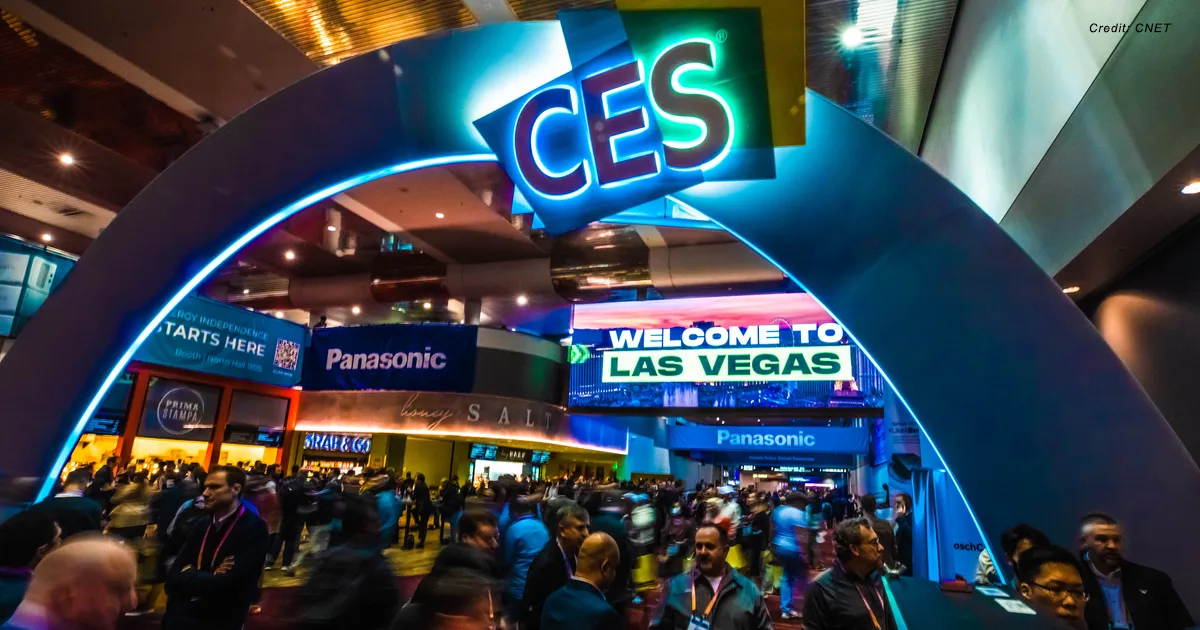
From a few booths in Eureka Park, to now a major section of the conference in just the last several years, health and wellness are at the forefront of CES. Health and wellness are ubiquitous – we take standing breaks during the day when our wearables remind us. We scroll through Instagram to research new, healthy recipes and workout regimes. Health and wellness are a mindset where people feel motivated or might feel in search of a better path forward. For marketers, the key is finding those people when they are ready to make change – a change in their health, lives, and purchasing decisions.
Here are the top four themes within this category that we identified coming out of CES 2023:
Wearables are the way of the future. As consumers move beyond hand-held means of communication, we have entered a world where calls, texts, emails, and health tracking are simply and conveniently worn. These important digital sensors can be used by consumers and patients to monitor overall health, whether it is post-op or during everyday living. Wearables can provide tremendous insight into the state of recovery after an exercise or surgery. Data is now being collected in clinical trials alongside traditional metrics. Imagine what the continuous measurement of a large population could show researchers in correlation.
For example, Citizen debuted the second generation of its smart watch featuring unique software that can predict dips in alertness and can strategically advise users on how to remain at peak fitness and adequately recover.
With wearables showcasing new AI advancements that monitor beyond heart rate, steps, and calories, we can expect to see wearables providing information such as blood oxygen levels, mental wellbeing, and more in the years ahead.

At-home testing and monitoring was one of the most prevalent trends at CES this year. From urinalysis that can provide calcium, protein, and pH levels, to digital cameras that could test eyesight and provide prescriptions, future consumers can say goodbye to long waits in the doctor’s office and receive results within minutes in the comfort of their own home. 2023 CES Innovation Award Winner, Vivoo, is an at-home urine test and app that provides personalized nutritional information and wellness advice based on a user’s test results.
Advancing digital health in smart homes. We are now seeing digital health integrating into smart homes to track daily activities, room temperatures, the food in refrigerators, and more. CES indicated consumers can expect even more from smart homes by showcasing household appliances, such as mattresses and toilets, that offer the ability to track vitals, recovery, and wellbeing. Kohler revealed three new smart toilets at CES this year. Each toilet features an integrated bidet, motion sensor technology, and ultraviolet lights for self-cleaning. 2023 CES Innovation Award Honoree, ANSSil Sleepinbody Mattress, debuted a digital healthcare mattress that collects body and behavior data to analyze patterns to optimize rest and recovery. Additionally, the CES 2023 Innovation Award winner was the Motion Pillow 3. It senses the user’s head position and detects the sound of snoring, which triggers the airbags inside the pillow to inflate to optimize their head position without waking up the user. This reduces or eliminates the snoring.
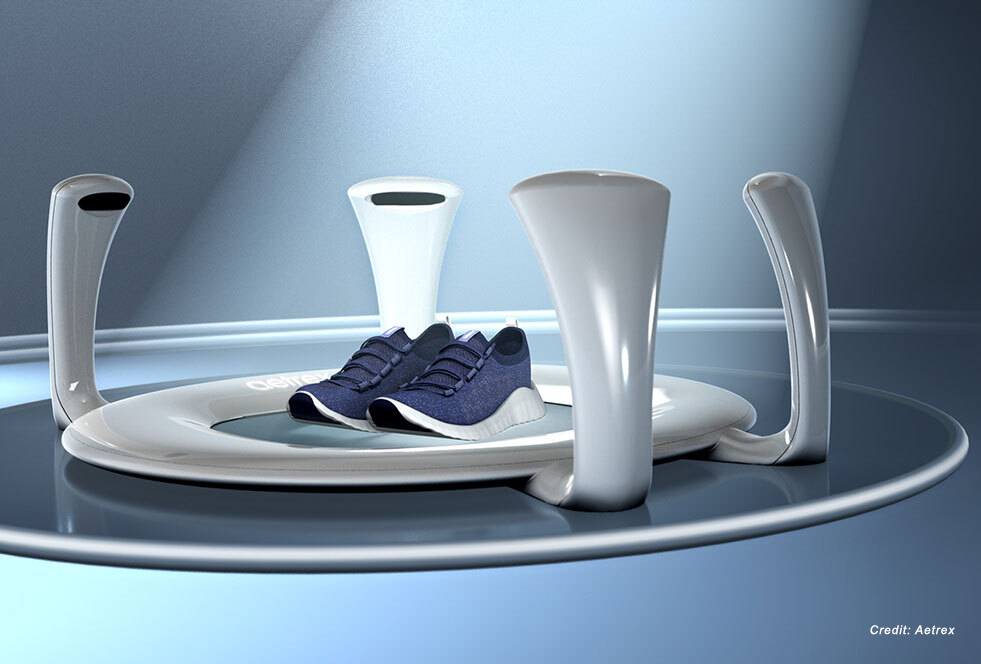
Digital health technology has become both a lean-in and a lean-out experience. There was a rise of monitoring systems (lean-out) – for heart rhythm irregularities, for blood glucose levels, and for post-operation management – that gathers data to help healthcare practitioners make decisions and have more connected care with patients while out of a doctor’s office or hospital. There was additionally a great deal of lean-in technology showcased where consumers can proactively take measurements of body composition with an instrument the size of a hand. 2023 CES Innovation Award Honoree, Aetrex, uses AI to provide a 3D scan of one’s foot to provide accurate measurements of width, girth, and arch so that consumers can make better purchasing decisions for exercise and daily activities.
In addition to these key themes, mental health discussions were widespread throughout panels and technology demonstrations. As digital health continues to advance through the use of data, AI, and AR, accounting for the mental wellbeing of consumers and patients has never been more important. We expect to see a great deal of technological advancements around mental health at CES 2024.
What’s in it for marketers?
Consumers are now acutely aware of what is happening inside of their bodies, and how their health can be impacted by everyday activity. For marketers, it is imperative to move beyond what a product or service can do for a consumer – it is how consumers feel, how products impact their bodies, health, wellness, and development. Marketers also need to be thinking about how their product can impact the consumer’s data. Will it help them achieve their daily health goals? And taken a step further – many consumers have become engrossed in the numbers behind the data itself – for better or worse. Marketers should consider this in their product labeling and marketing around the ability to impact this data set. The combination of wearables, working from home (now with more smart home technology), and the consistent monitoring of vitals, etc. is creating new challenges for marketers to move beyond targeting at the “right place, right time” and moving toward targeting the “right state of mind.”
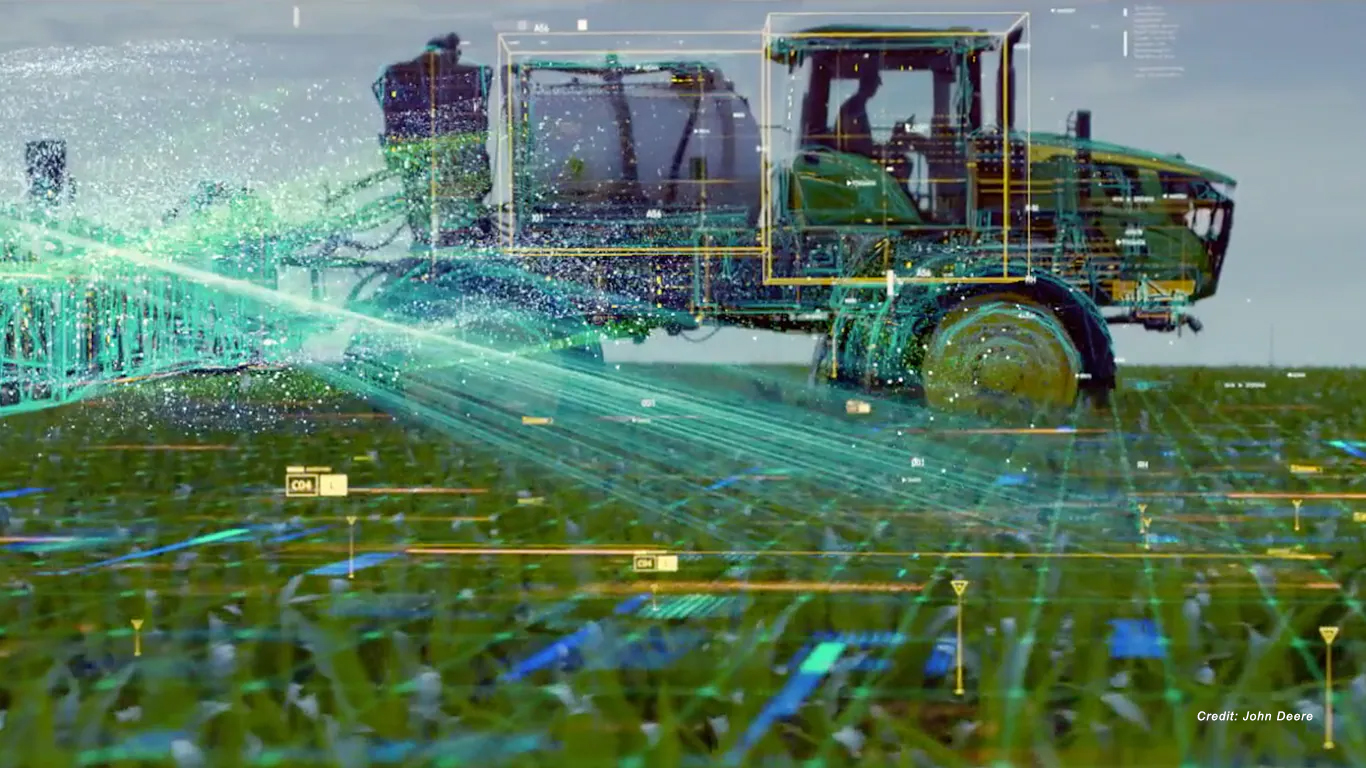
"CES is about the possible, not the probable."
That was how Marie Quintero-Johnson, Vice President of Global Corporate Development at The Coca-Cola Company, described the Consumer Electronics Show overall.
When exploring the possibility of a more sustainable future, there was buzz everywhere you looked. The C Space in particular was a highlight, where Brian O’Kelley and the team at Scope3 were putting the decarbonization of advertising front and center while announcing new green media partnerships with Vox Media and Yahoo.
“Until now, brands have faced a shortage of scalable and effective solutions. Our goal is to offer more sustainable choices without forcing our partners to sacrifice reach, relevance, or performance,“ said AJ Frucci, SVP of Media Revenue at Vox Media on why they partnered with Scope3 to build their Concert Green Marketplace, a carbon neutral ad product.
“It is important that the industry moves and considers sustainability in buying decisions,” said Elizabeth Herbst-Brady, Chief Revenue Officer at Yahoo, on customers being able to now buy new Green Media Products through Yahoo’s SSP.
But there was also meaningful inspiration to be found for marketers from green smart-tech at the show. The products that stood out as most likely to drive earlier adoptions provided frictionless conservation and simplification. Because let’s be honest – we all want to make better choices, but most people won’t if going green makes our lives harder.
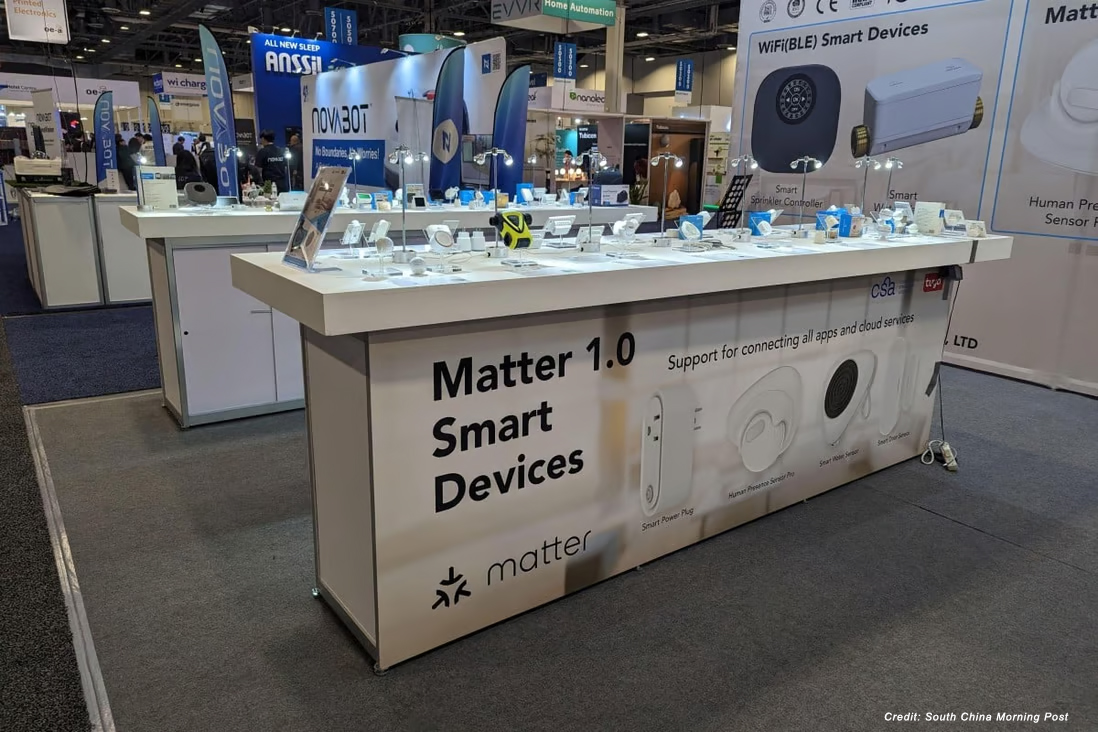
A few examples of what we saw on display included:
Matter – the star of sustainability: This group unveiled a new open source standard designed to seamlessly allow smart devices to talk to each other, making them – dare we say it – genius devices. In addition to the seamless experience, Matter will remove the complexity of managing multiple platforms and phone apps to control all your devices.
What’s in it for marketers? Brand marketers are salivating at the possibility of asking Google to “get ready for family movie night” as the lights dim, the thermostat drops, the smart microwave starts popping popcorn, the TV fires up Netflix, and a connected dog bone distracts Fido into the other room. The challenge will be planning cohesive and native experiences that take consumers from one moment to the next.
MOEN: Smart faucets aimed at water conservation that sync with Alexa devices, allowing users to ask, "Alexa, pour two cups of water."
What’s in it for marketers? Technology like this could open up the possibility for official brand partners of smart devices in the near future. Consider this – does your favorite pasta brand plus a MOEN smart faucet equal finally cooking that perfectly al dente pasta?
Universal Electronics: The company touted modular products that are designed to have a prolonged life via upgrades and repairs instead of needing to be frequently replaced.
What’s in it for marketers? Brands should consider the possibility of product upcycling being the wave of the future and how it will anchor their storytelling and segmentation strategy to build lifetime value. Can product longevity and reusability become a key selling point leading to premium pricing? How can you nudge the consumer across the product life cycle, notifying them about replacement and usage to keep the brand top of mind?
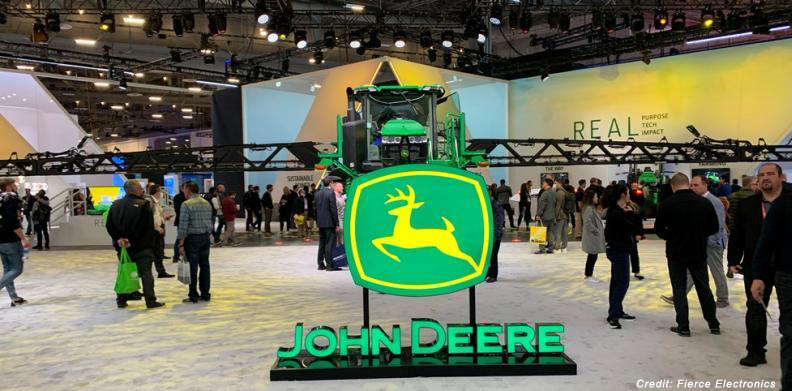
John Deere: The company unveiled a retrofit solution to their large boom tractors that uses "see and spray" AI technology to selectively spray herbicide only on weeds, not crops, in real time – both reducing waste and preventing unnecessary runoff of chemicals into our water system.
What’s in it for marketers? While this application may target farmers, it’s not hard to see how AI will drive reduction of waste in all categories including how we are already seeing real-time and personalized 1:1 creative asset development.
Schneider Electric: The France-based multinational displayed a whole home energy solution that monitors energy usage across all devices, from HVACs to TVs to hair dryers, ensuring no kilowatts are wasted.
What’s in it for marketers? As more and more energy monitoring solutions become available, product marketers should think about prominently touting lower electricity usage instead of relegating it to a yellow sticker on the back of the device.
As our homes, vehicles, devices, and even the media that we consume continue to get smarter, CES 2023 proved we are on a path toward a greener and more sustainable future. Indeed, all signs point to the fact that environmental concerns will continue to be prioritized in 2023. Until we gather again at CES 2024, it will be interesting to see how these key questions play out:
It’s a lofty agenda for this space, but we’re excited to see what’s possible a year from now.
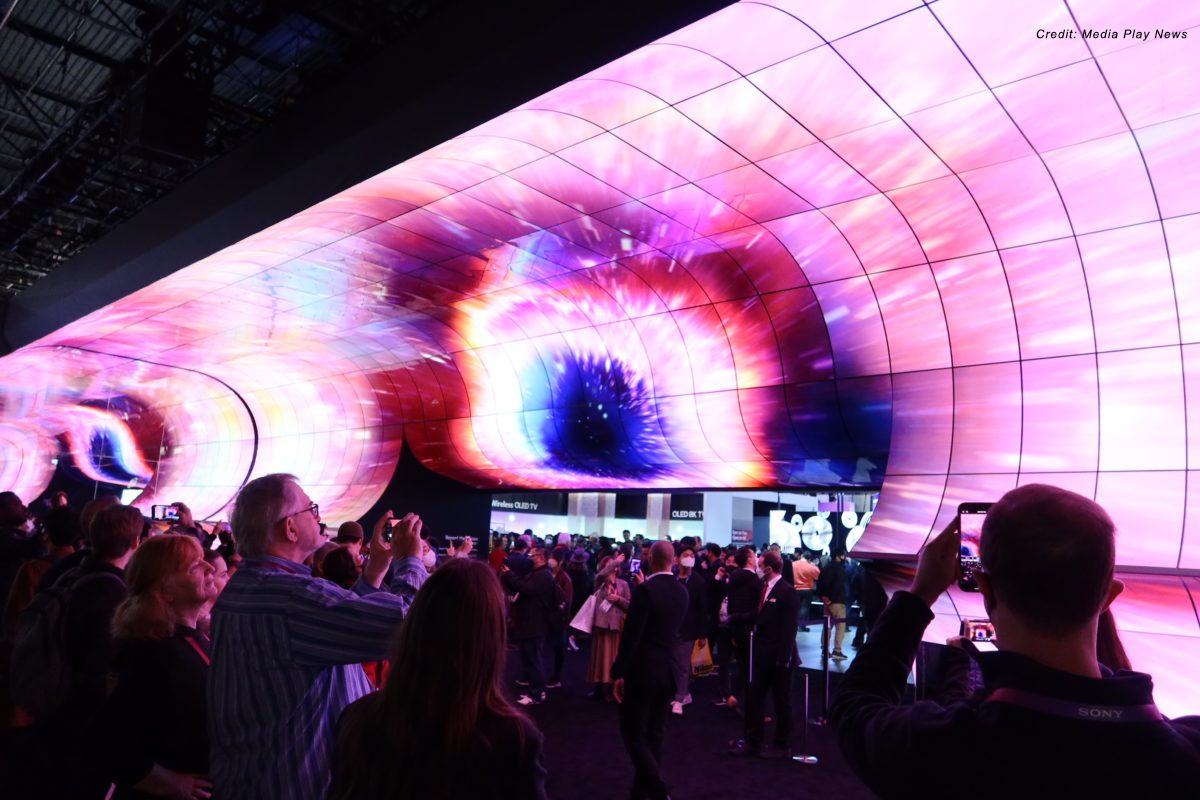
Ahh, CES. When marketing and media's finest come to learn, schmooze, plot the next year in partnerships … and watch Snoop Dogg do his thing (serious question: if ad tech junkets went away, would major rock stars from the ‘90s have to sell their Bentleys to pay the bills?)
In addition to the endless talk – and coffee – the most fun part of CES is running into an old friend serendipitously while on the line at Egg Slut (the Cosmo's finest) and chattering about what harbingers of doom or good fortune are being uncovered as we speak in Las Vegas suites.
We here at MediaLink are lucky enough to be “in the room where it happens,” though occasionally that room is the conference center annex inside of a casino. We thought we’d bring you some pearls of prognostication we gleaned.
Enjoy.
AI, Self-Driving Cars and Future Past
Requests from marketers to meet with automated transportation companies was high. Who wouldn't want to understand how to reach consumers in their freemium Toyotas that are yours for life ... provided you drown out the sounds of screaming children on a trip to visit grandma in Scranton with the sounds of unskippable ads ... for 250 miles?
Instead, we hope these people checked out the activations at LVCC from Caterpillar and John Deere, who have been building efficient, functional, self-driving machinery for decades.
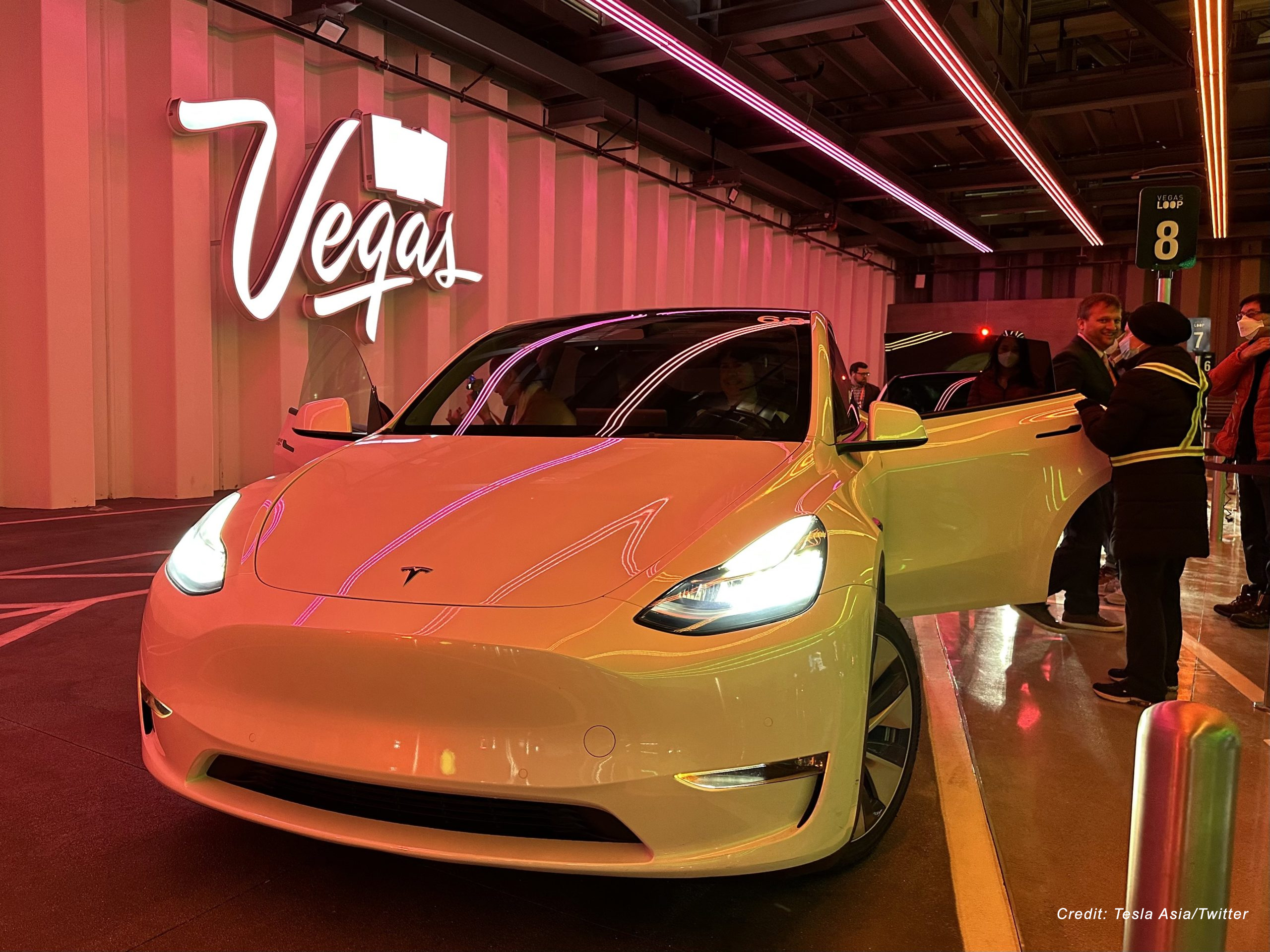
While we’re on the subject of transport … we heard at least some people buzzing about yet another Elon Musk project. The Boring Company’s “Loop” helped a fair amount of CES’s delegates get around the notoriously (and ironically) hard to navigate show via flashy Tesla tunnels. While Musk created high awareness for 110,000+ tech nerds to gawk at his autos, this felt like more of a marketing stunt (from the man that doesn’t do advertising), given that Musk’s other hyperloops seem to be going nowhere. Apparently, what happens in Vegas really does stay in Vegas.
The Metaverse Is ... Where?
The Web3 conversation made an important shift at CES. Instead of the lofty, world-changing talk from a year ago, marketers are starting to see the metaverse as just another place to engage and understand their consumers. Sure, the visuals are cooler. And who wouldn't want to own a $65 million jpeg under the header of “fine art?” But, in the end, go where your consumers go and understand them however you’re allowed.
One company which we’re excited about is POAP. Their brand name is an acronym for “Proof of Attendance Protocol.” Think of their tech as the modern day equivalent of proof that “I was at Woodstock, man!” without the hangover. POAP’s service aims to be the default method for brands, entertainment vehicles, or anyone else to say, “I was here, I did this, I deserve cred.”
Innovation at Its Finest – No, Really
Ok, all snark and side eyes aside – let’s not forget that this show brings together some of the most cutting-edge brainpower, creativity and technical innovation in the world. So, let us leave you with an uplifting thought. While some topics far outranked others in their levels of impressibility, we’re here for the fact that some of the coolest technology we saw was centered around a topic that’s finally getting the attention it deserves – accessibility. Best-in-Show goes to two companies:
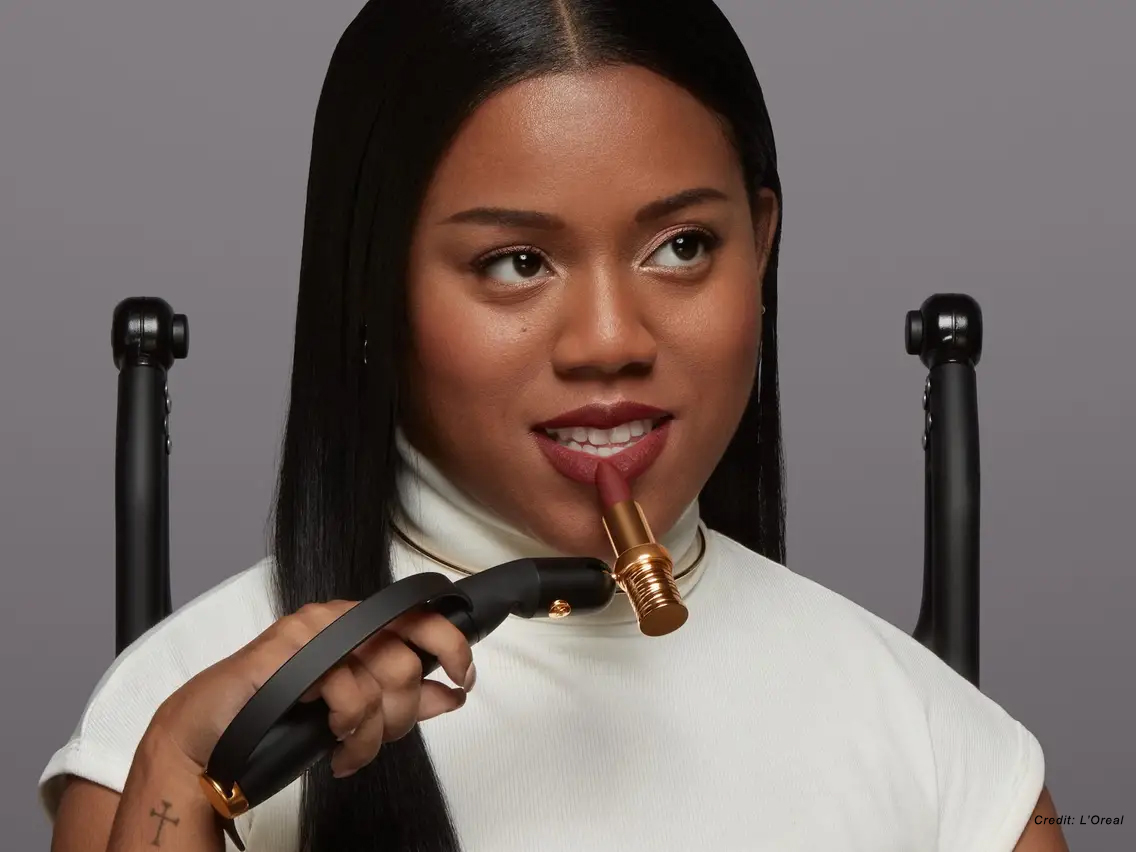
Worth the five-hour flight two days after New Year’s Eve, the no-lunch days, blistered feet and the familiar scent of recycled casino air? Undoubtedly.